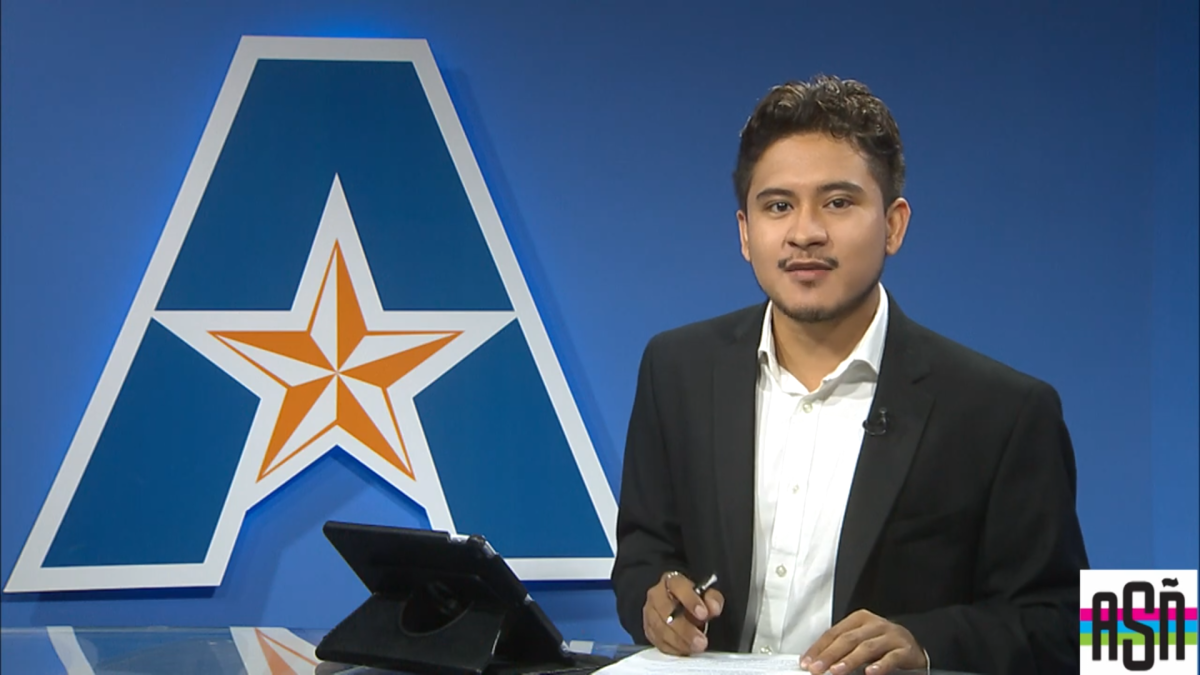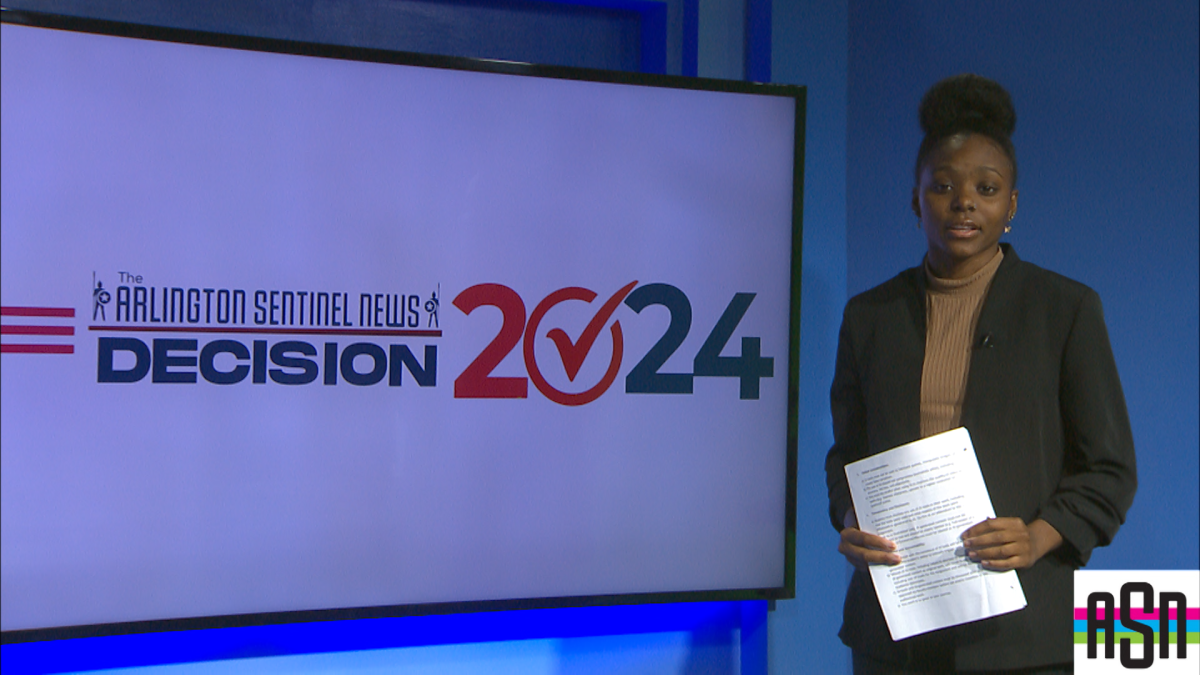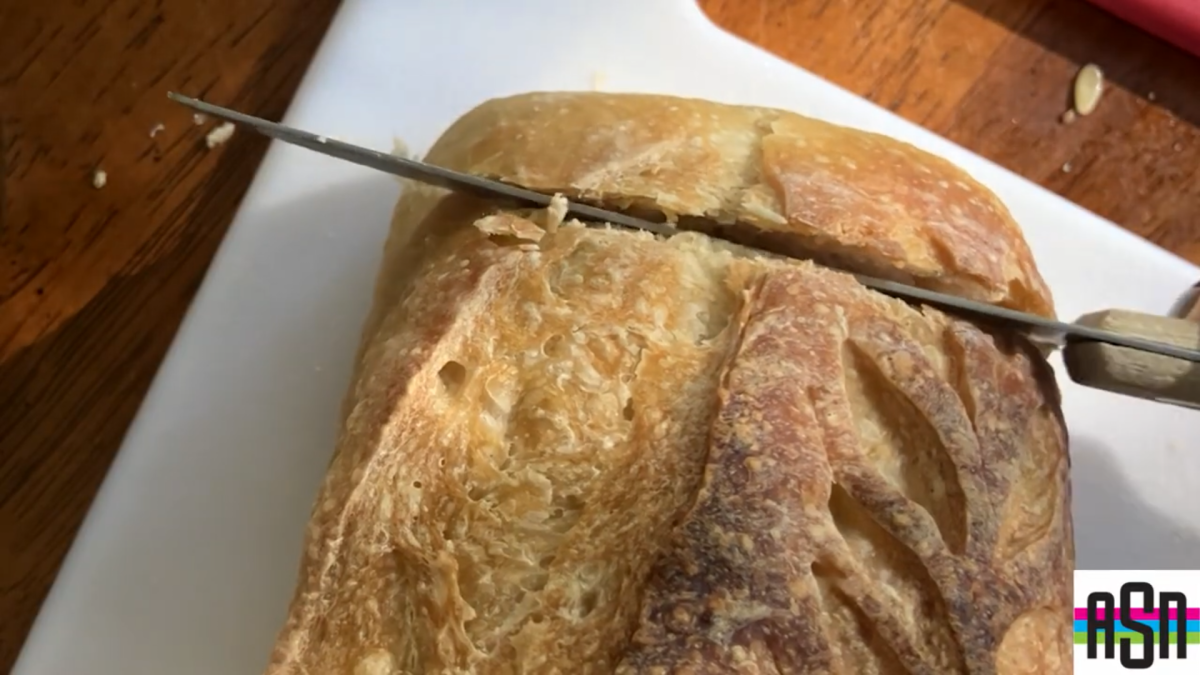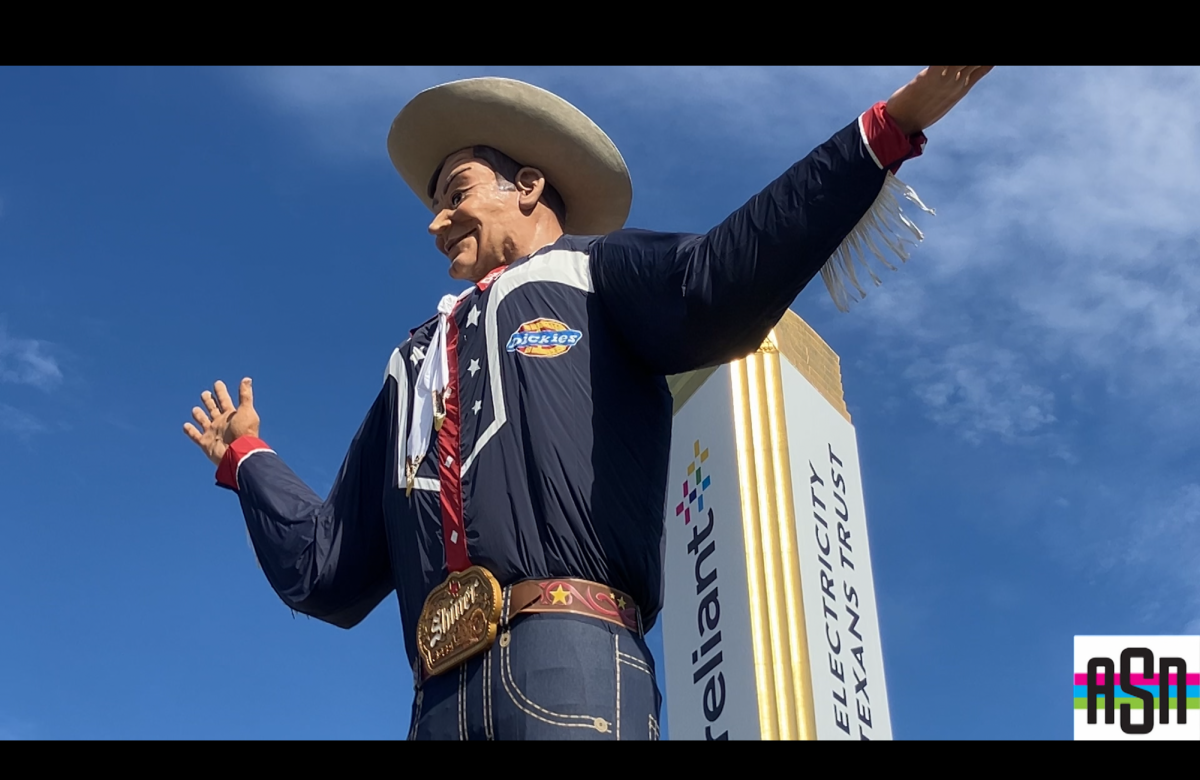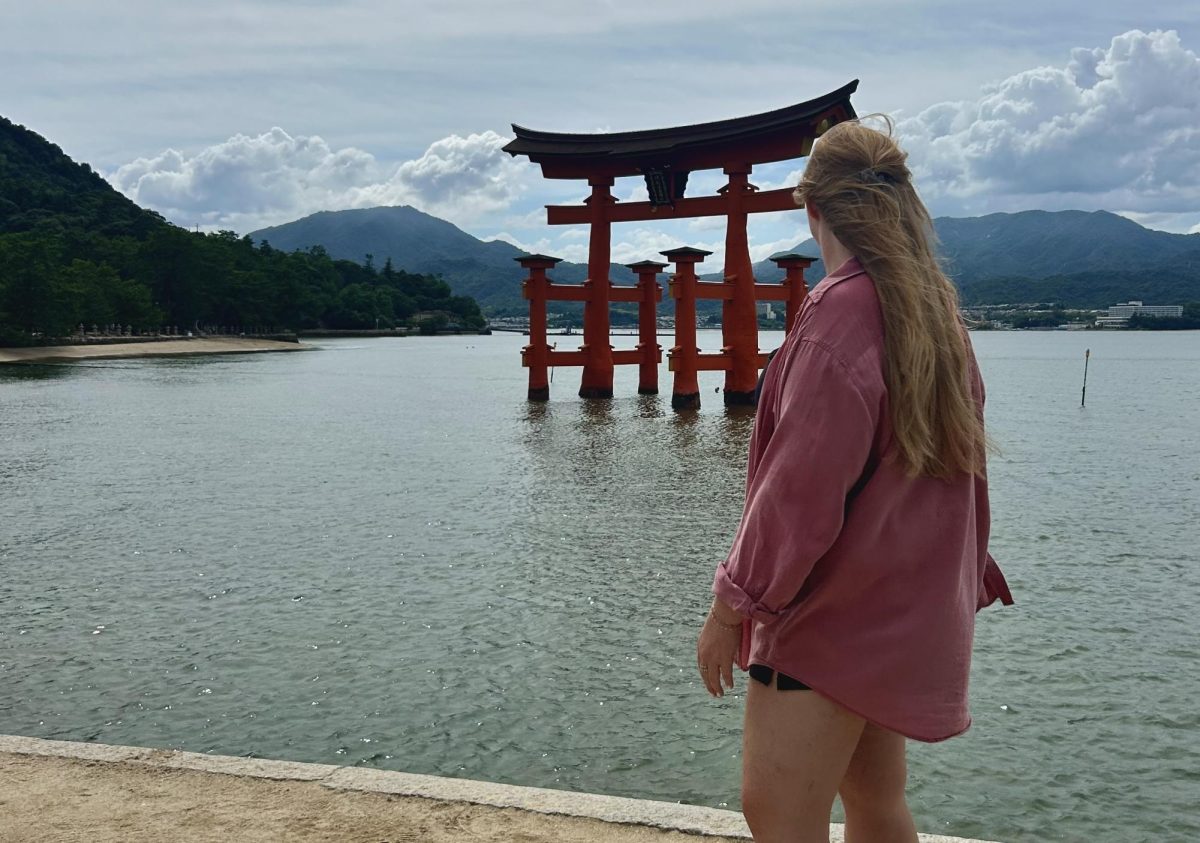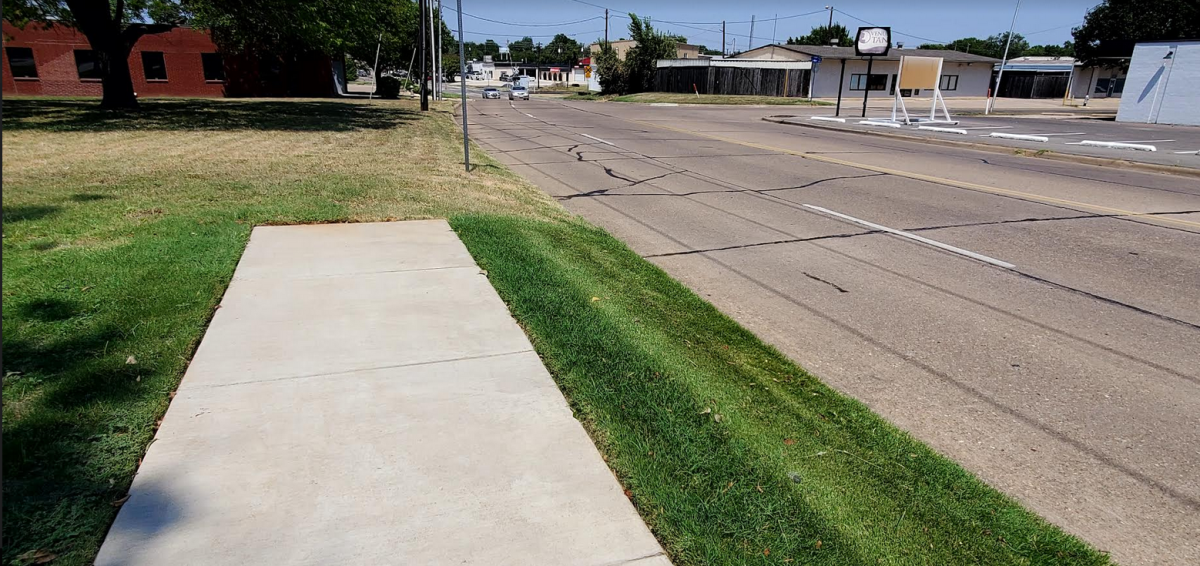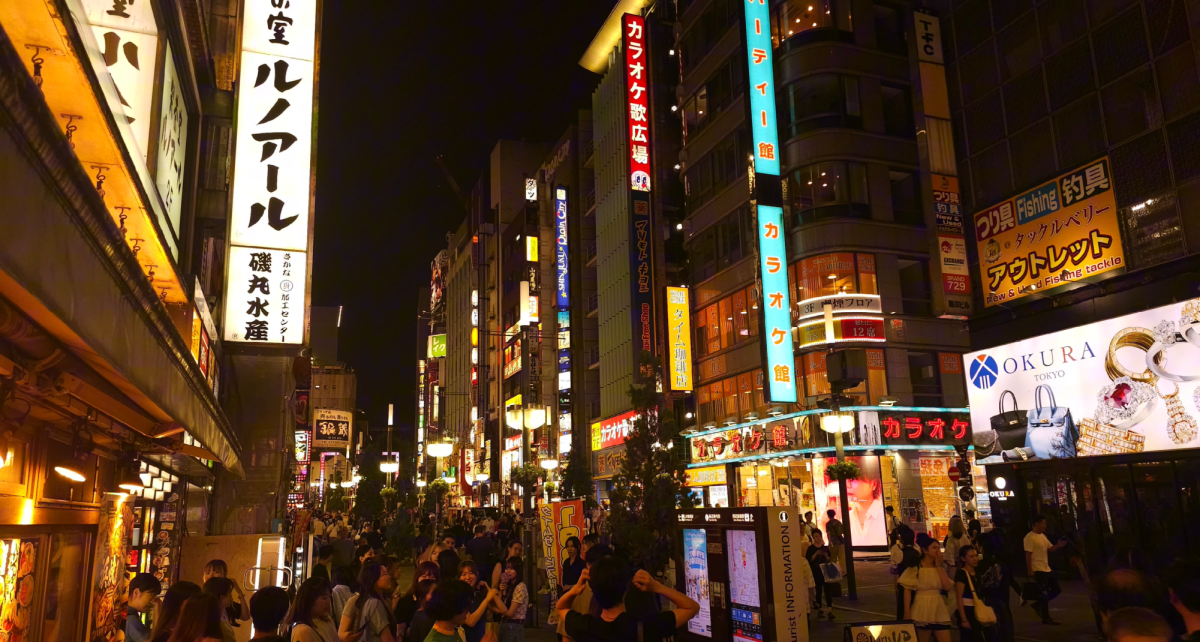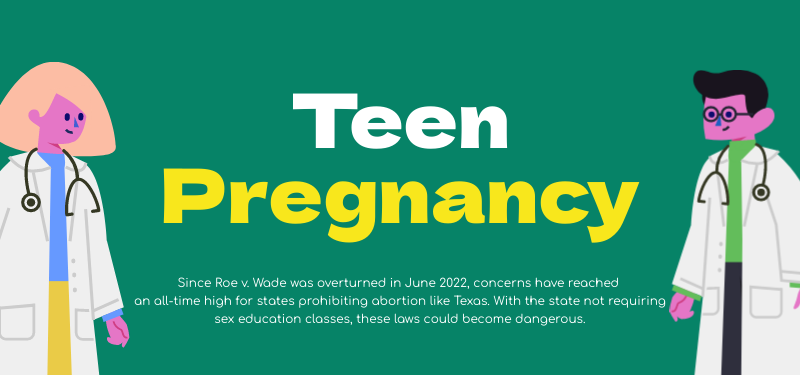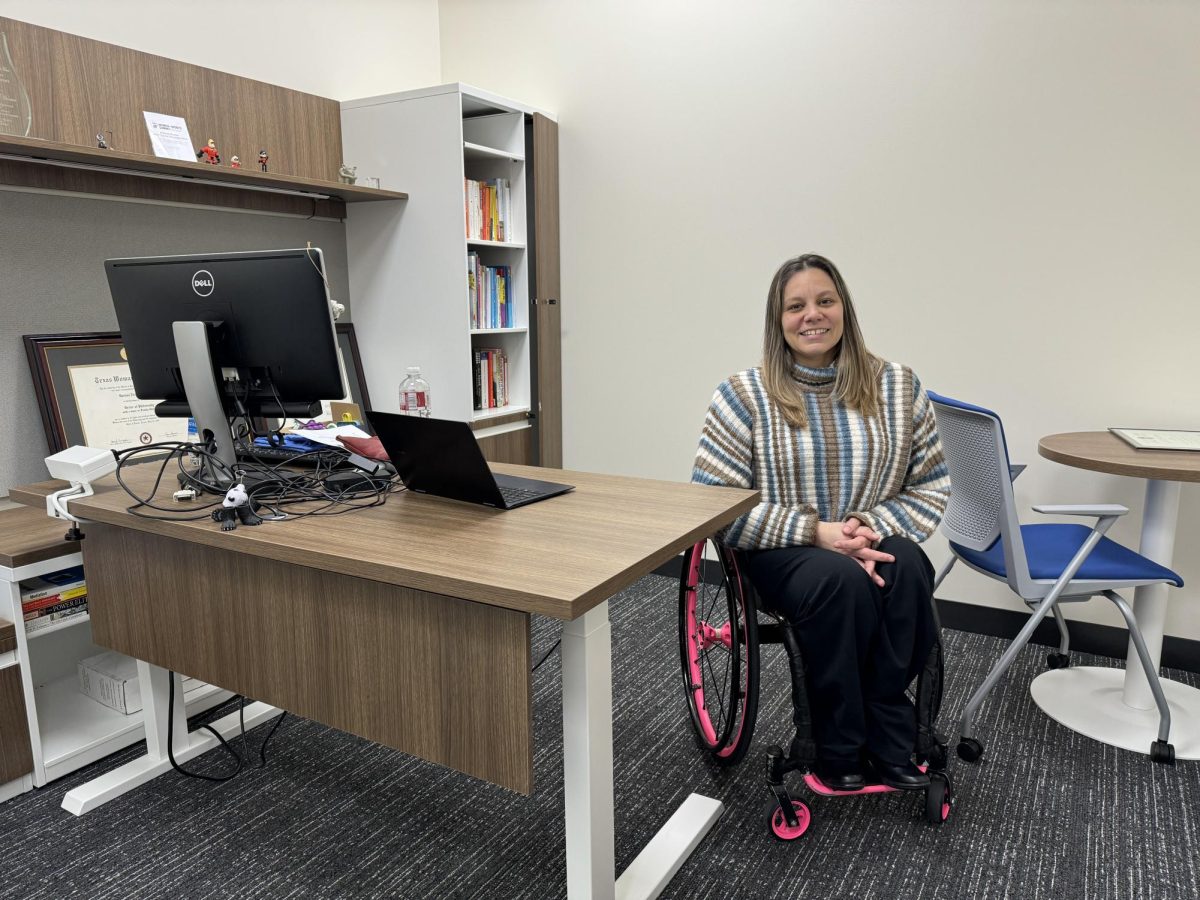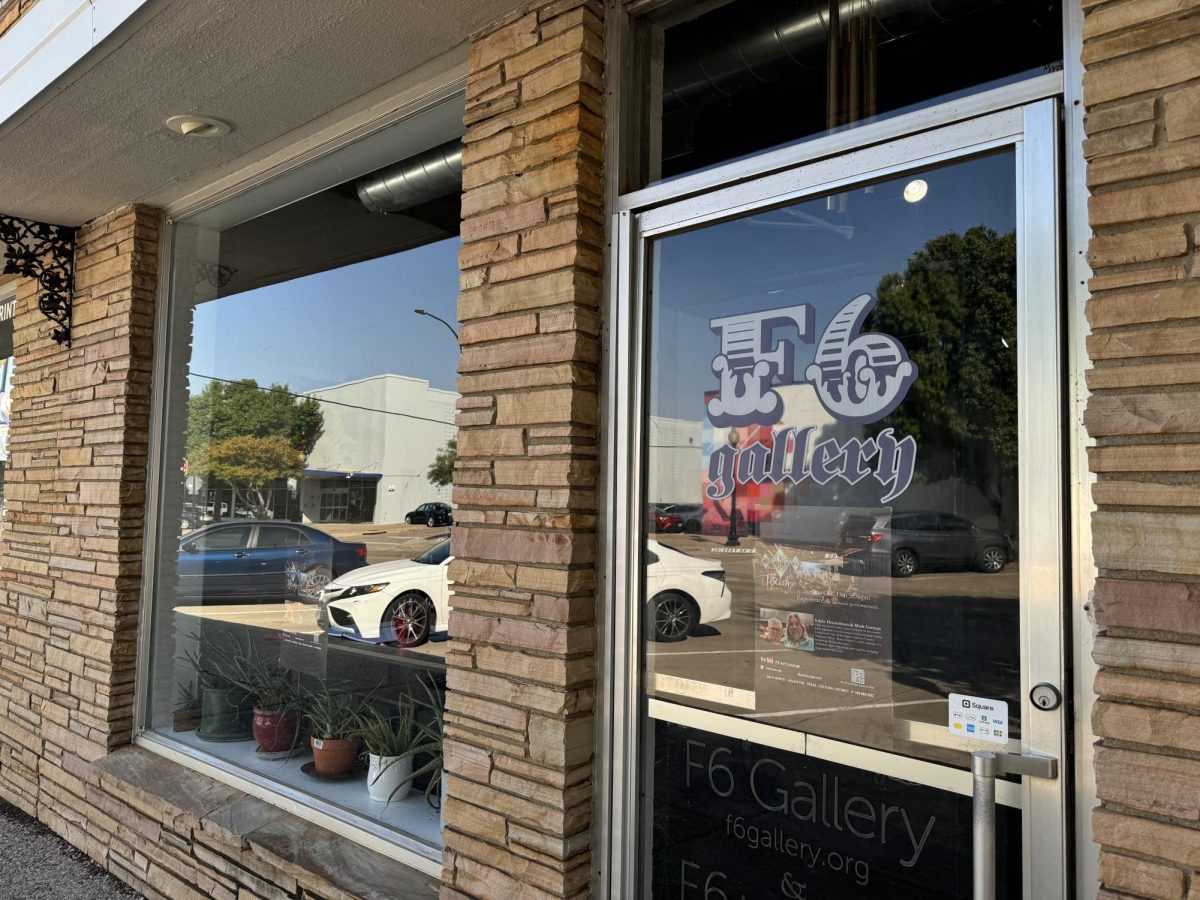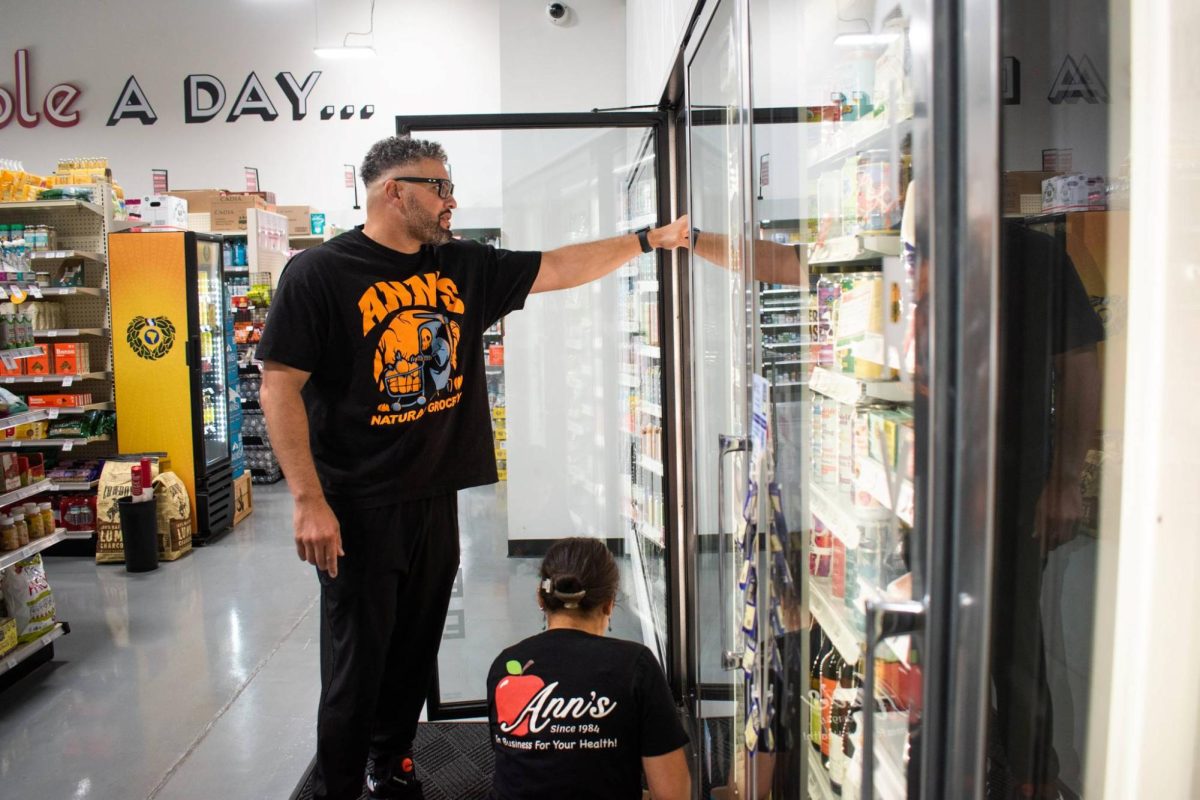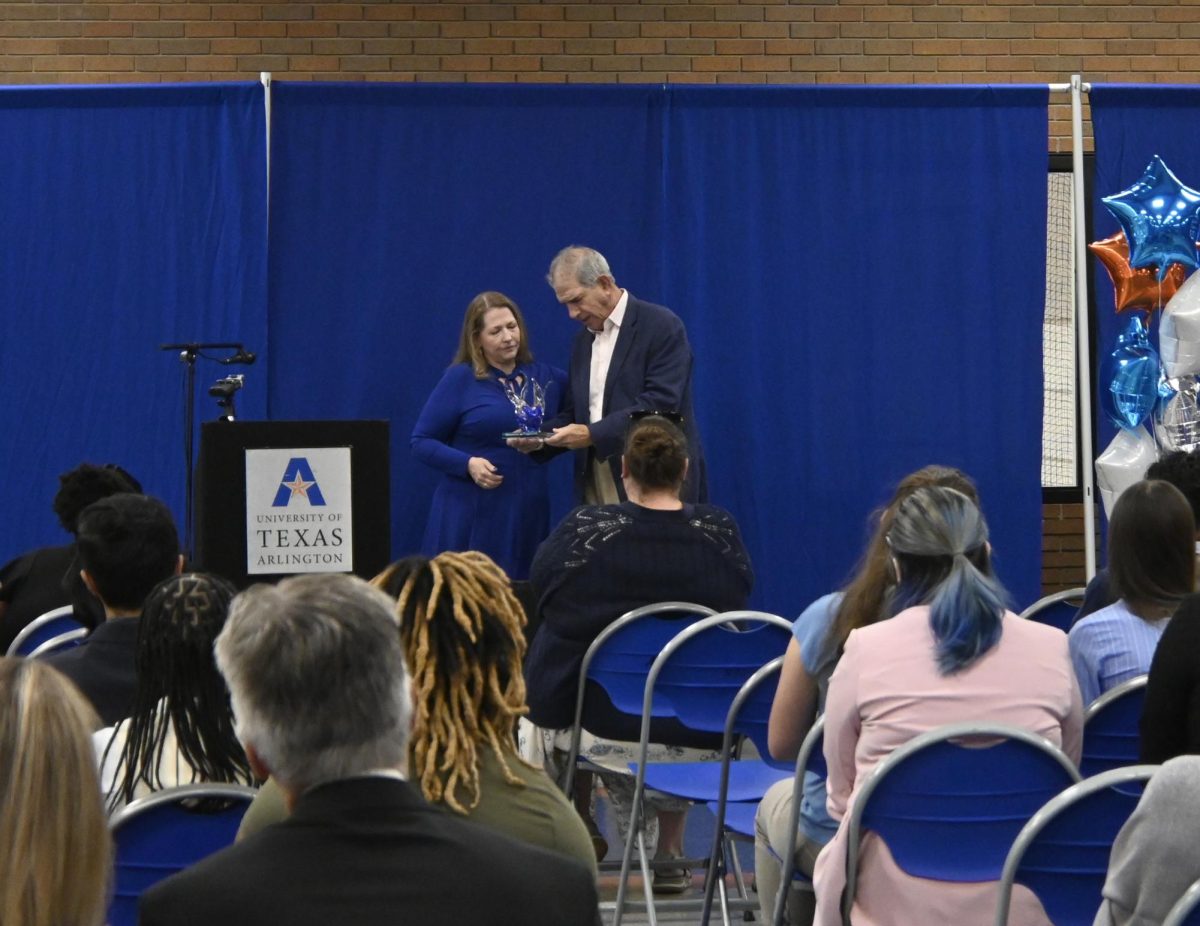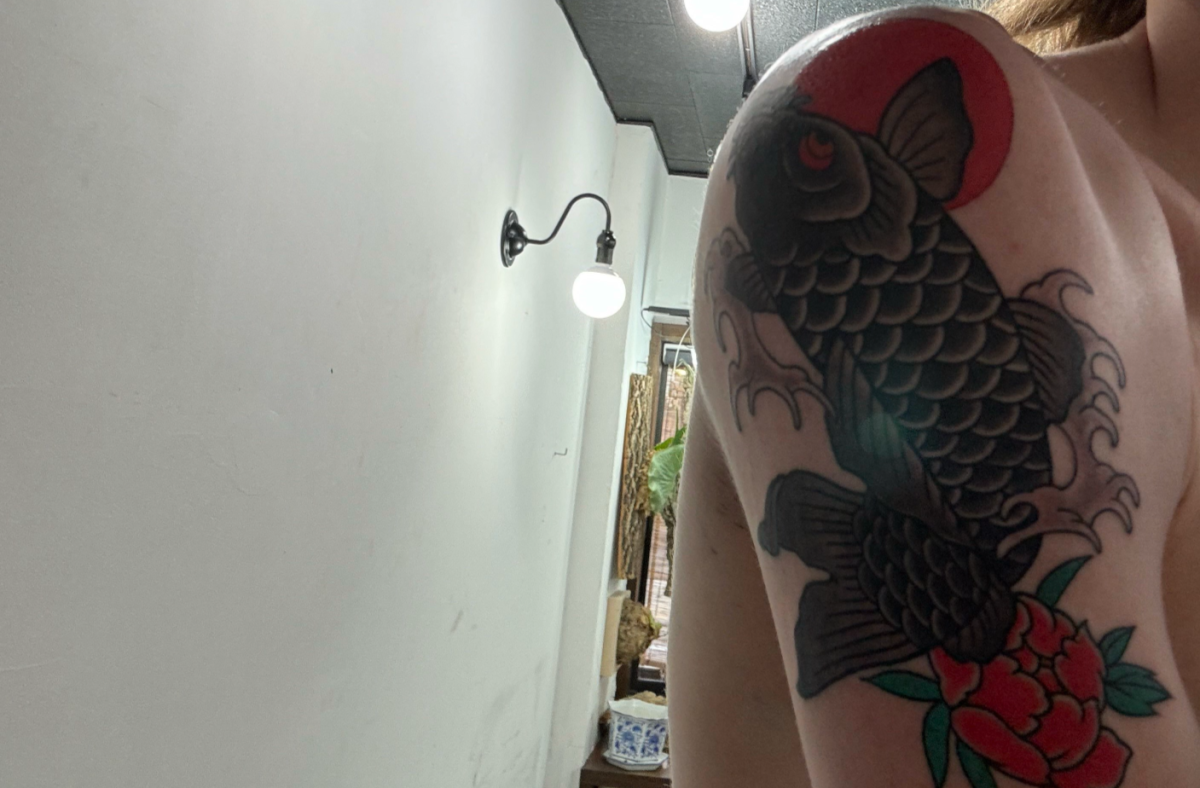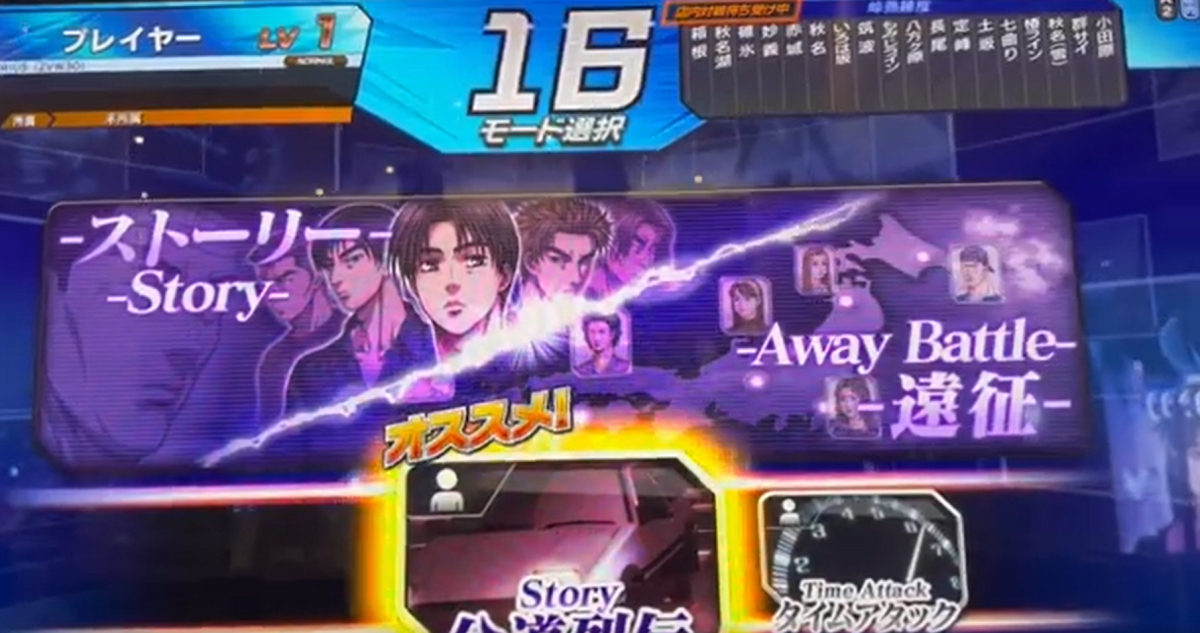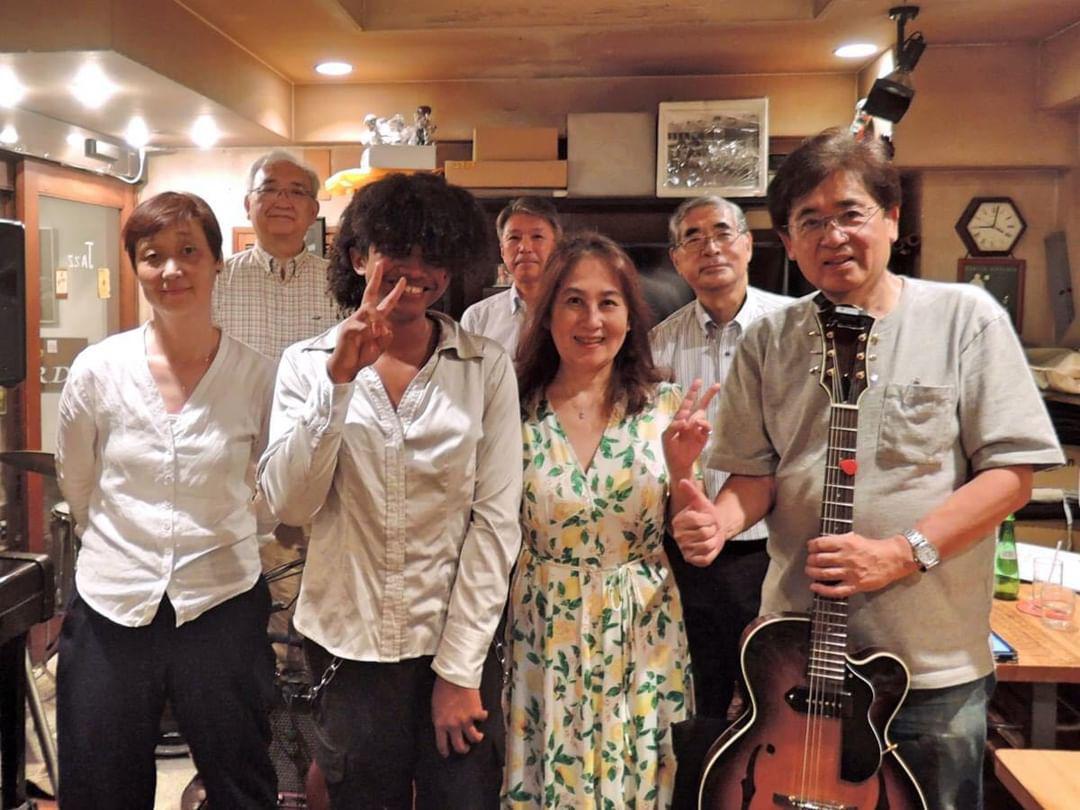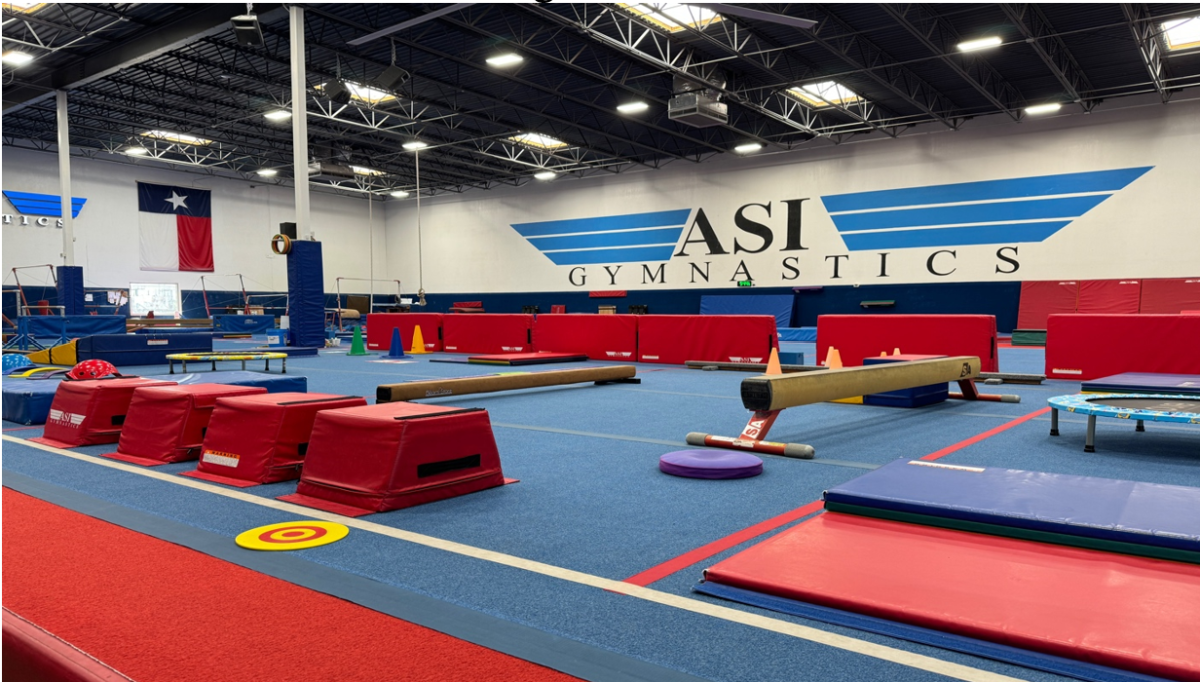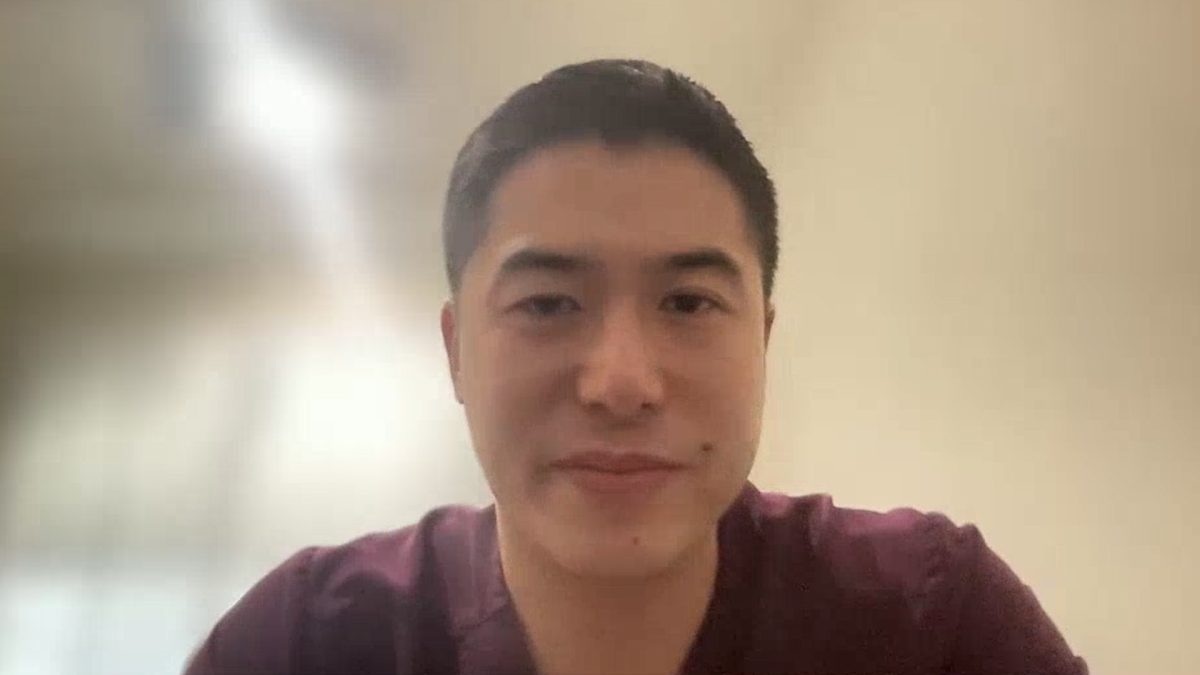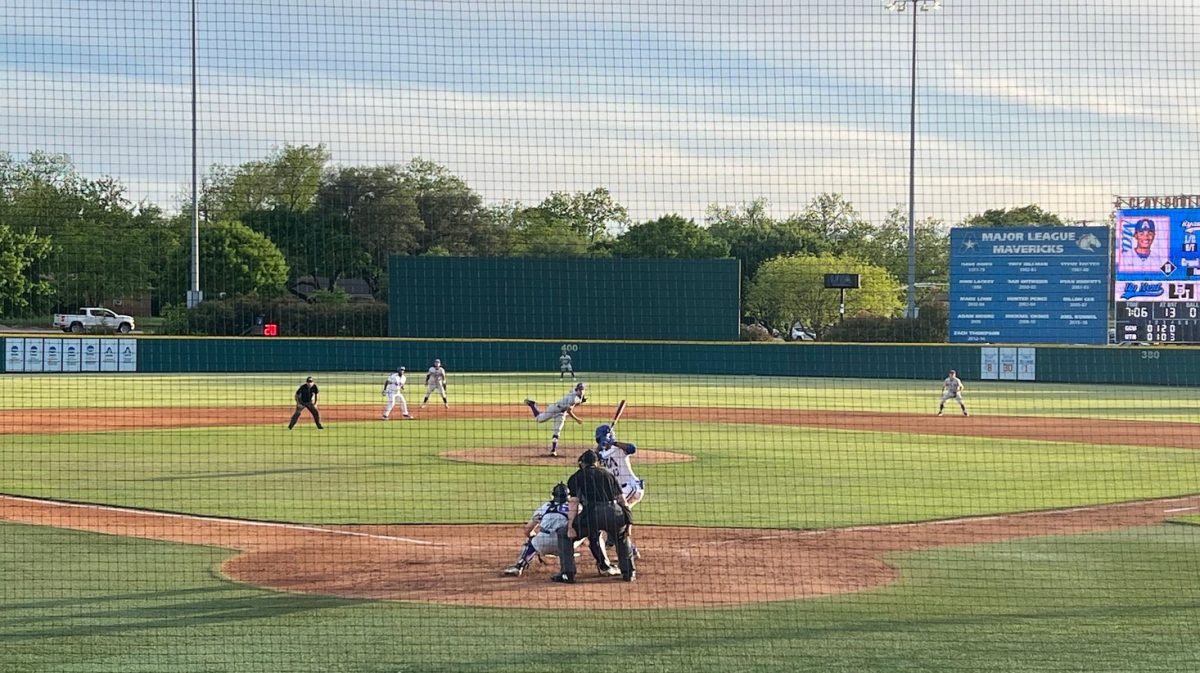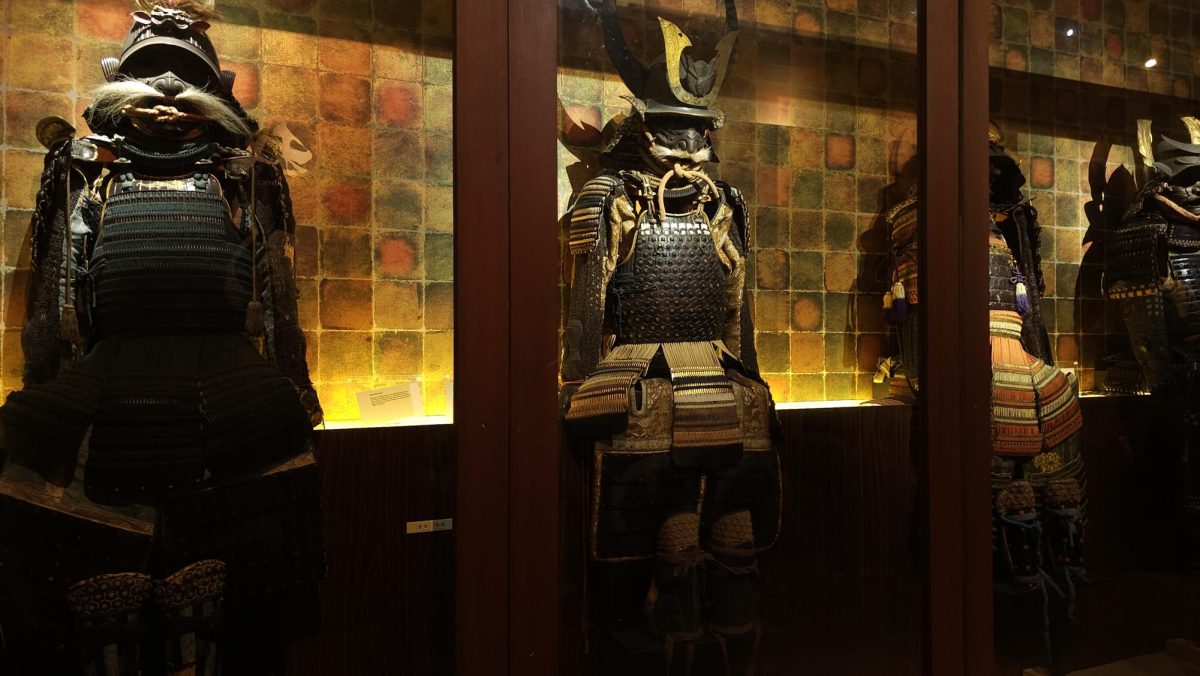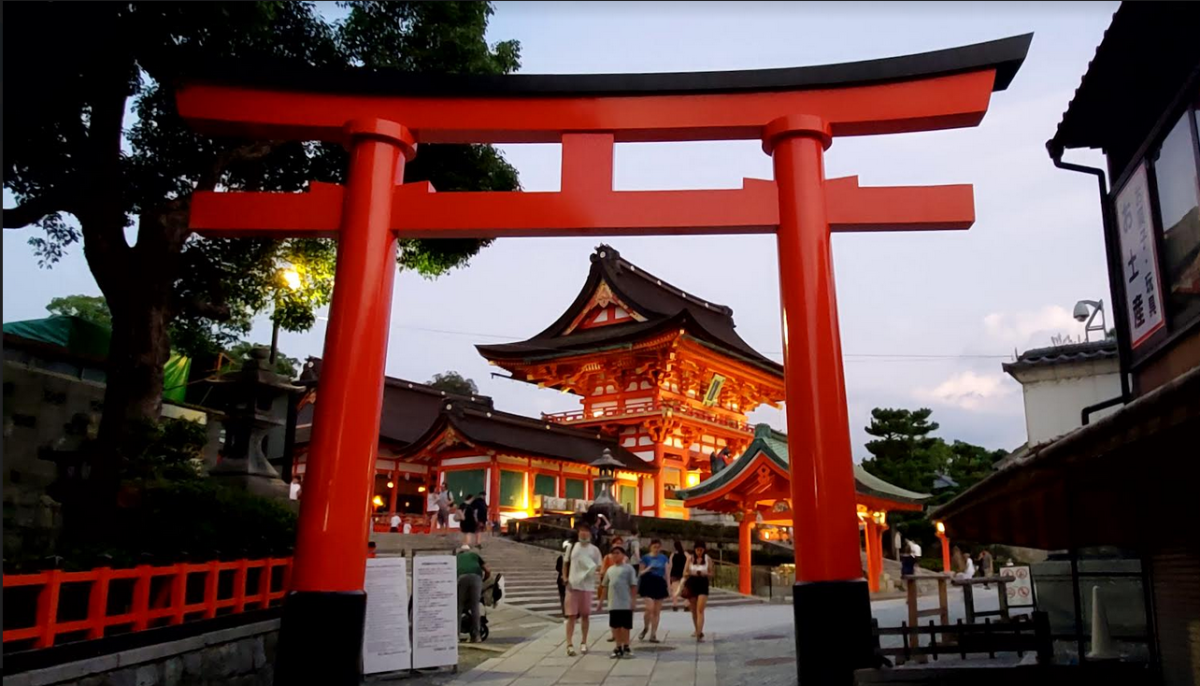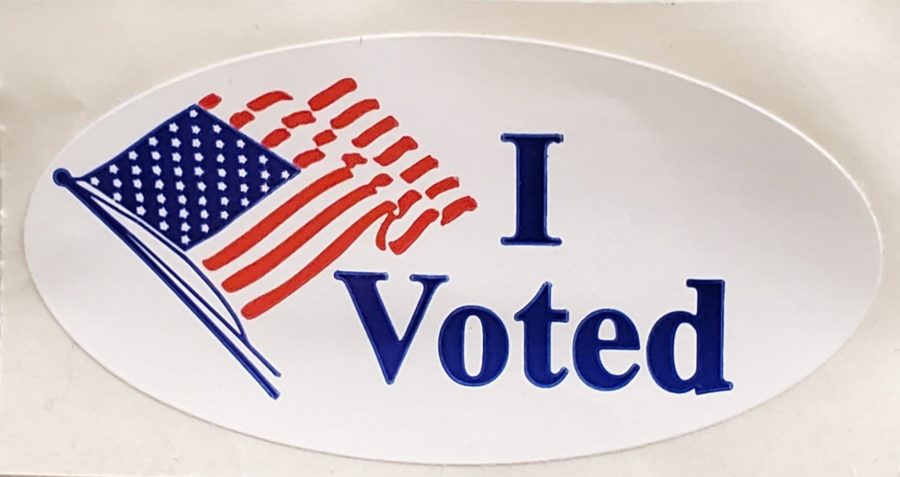Local primary elections fail to attract significant youth participation
Only about 18% of eligible young people voted in the 2022 Texas primaries, down from the estimated 55% of votes cast by eligible 18-to-29-year-old voters in the 2020 general election.
May 4, 2022
DALLAS – The 2022 primary election proved that the democratic process of voting remains at the bottom of many Texans’ priorities with only about 18% of eligible voters having cast a vote, according to the Texas Secretary of State’s office.
This was disappointing for both parties seeing as the 2020 presidential election brought people to the polls like no other election ever had, especially the youth vote. According to an analysis by the Center for Information & Research on Civic Learning and Engagement, an estimated 55% of voters aged 18-29 voted in the 2020 election, up from about 44% in the 2016 election.
Overall, the Tuft University-based CIRCLE said in its analysis that the youth share of the overall vote stood at 17%, a participation level that “was decisive in key races across the country.”
Many had hoped that the momentum would continue into future elections but it’s difficult not to notice the lack of participation by the entire population, including the youth. Still, a higher percentage of Texas voters overall participated in the 2022 primaries than did in the 2018 primaries, when 17.2% of eligible voters cast ballots, Texas Secretary of State data show.
While some Democratic operatives expressed hopes the youth could sway future elections, it is important to analyze how the numbers have changed in Texas when it comes to the youth voter turnout.
CIRCLE, a non-partisan research organization that tracks youth civic engagement, found that 28% of eligible Texas voters between the ages of 18 and 29 voted. But for the 2020 election, that percentage leaped to 41%. The CIRCLE analysis tracks with U.S. Census Bureau data, which showed voter turnout for those between the ages of 18 to 24 hit 25% for the 2016 election and grew to nearly 40% in 2020.
The election brought record-breaking numbers as many young voters, like 20-year-old Laura Colin, attempted to use their voice for a larger purpose.
“A lot of young people don’t vote because they think their vote won’t make a change,” Colin said. “I knew my vote mattered, and I knew who I was going to vote for.”
One of the burning questions for a generation that prides itself on being “woke” is why the numbers aren’t higher.
“I think people between the ages of 18 through 24 don’t vote because they’re not well educated or involved in government and politics to understand the importance to vote,” student Thuyen Tran, 24, said. “I say this because at one point that was my mindset.”
When questioned as to why they don’t vote, younger Americans report a lack of interest, often referred to as youth apathy, according to the U.S. Census Bure
In previous years, other reasons for not voting are busy schedules or not being in the state during elections. Many among this age group live out of state for college, which can complicate the voting process. New restrictive voting laws with ID requirements and a change to early voting hours have contributed to the disenfranchisement.
Young voters continue to be discouraged when many mail-in ballots were not counted in several counties because they had to be returned due to missing information. Situations like these only cement what young voters already think, which is that their vote doesn’t matter.
Election results have shown that it’s possible to encourage the youth to get out to the polls to vote.
As a young voter herself, Emily Otero, 21, has an idea on how voter turnout for the youth can increase.
“One of the main things that one can still do to motivate others to vote would be the idea of how much of an impact their votes can have in elections,” Otero said. “And to explain to them how much of an importance it is for them to speak out on their decisions.”
Despite the low turnout at the primary, there is still a chance the general election in November could bring in the youth vote when the Republican incumbent Gov. Greg Abbott and Democrat Beto O’Rourke go head-to-head.


